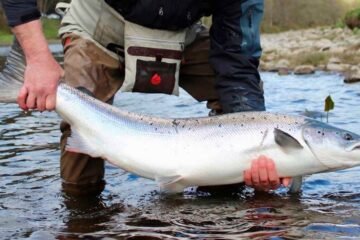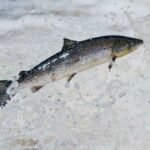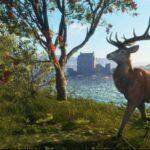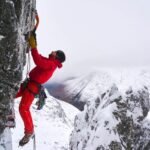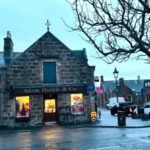Family trees aren’t always tidy lines in a dusty old ledger. For Lorna Kinnaird, they’re living maps that stretch across oceans and centuries — with Scotland’s tangled histories at the heart of it all.
In this Scotsman exclusive, we glimpse the world of one genealogist connecting far-flung families to ancestors they never knew they had — and the unexpected stories waiting in parish records and crumbling graveyards.
A Detective of Bloodlines and Broken Links
Lorna Kinnaird isn’t just flicking through birth certificates. She calls herself part detective, part historian, sometimes even therapist.
People reach out to her from Canada, New Zealand, the States — anywhere the Scottish diaspora scattered during centuries of migration. Many come clutching a single name scribbled in a letter, or a story passed down at the dinner table.
She laughs: “Half the time, I start with a rumour. Then it’s a hunt through hundreds of years of records to see if it holds water.”
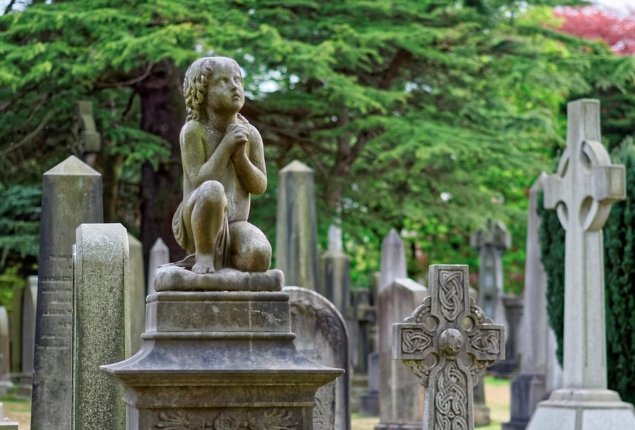
Stories Hidden in Old Kirk Records
Ask any Scottish genealogist where the gold is hidden — they’ll point you to the parish registers.
Old Kirk Session minutes, baptism rolls, and marriage banns can reveal entire branches lost for generations. But they’re not always neat.
Lorna once spent weeks unpicking the same family surname spelled six different ways by 18th-century clerks with scratchy handwriting.
One small slip, she says, “and you’re chasing the wrong McDonald for months.”
When a Graveyard Tells the Truth
Sometimes, paper fails. That’s when Lorna heads outside — torch in hand — to cemeteries dotted across Scotland’s countryside.
She remembers one Canadian family desperate to find proof of a great-great-grandfather from the Borders. Parish books turned up empty. Then she spotted a crumbling headstone behind gorse. There it was: the missing name, half-buried in moss.
-
Birth records can vanish
-
Names change with time
-
But gravestones, they keep secrets only rain can wash away
DNA and the Future of Family History
Modern ancestry isn’t just ink and stone. DNA kits have exploded the old way of doing things.
Yet Lorna’s wary. “It’s a brilliant tool, but people think a swab alone will solve everything. You still need context. DNA can tell you you’re 20% Scottish — but where? Who? That’s where the records come back in.”
She’s had tearful reunions where siblings discover each other after 60 years apart — and awkward moments when test results deliver surprises no one asked for.
Why Scotland Holds Special Mysteries
Scotland’s story is messy. Highland clearances, shiploads of emigrants leaving for better lives, wars that scattered families to all corners.
This makes for rich pickings — and dead ends. Crofters often left no paper trail. Illegitimacy was common but hush-hushed. Records burned in old church fires.
But that’s also what hooks people. “Everyone wants a Jacobite rebel or a clan chief somewhere in the branches,” Lorna jokes.
Sometimes they find them. Sometimes, they find a farmer who never left his parish for 80 years. Both are worth the same to her.
The Joys and Jolts of the Job
Genealogy is rarely straightforward. Lorna’s seen cases where families want their proud Scottish links confirmed, only to learn they’re Irish, or English, or a mix.
There’s also the occasional scandal. “I once uncovered a bigamist who’d kept two families going in two different towns. The client wasn’t thrilled but said it explained a lot!”
But more often, there’s relief. Lost cousins reunited, old feuds put to bed, or just the peace of knowing where your people came from.
A Lifelong Love of the Past
Lorna’s own spark for family history lit up when she was a teen. She found her great-grandfather’s World War I medals in a shoebox and wanted to know the man behind them.
Decades later, she’s still digging — this time for hundreds of clients, each with their own box of clues and missing names.
What’s next? She’s hoping to record some of these stories before they fade, especially for families who can’t travel here themselves.
“I always say: your roots run deeper than you think. And Scotland keeps them safe — if you know where to look.”



